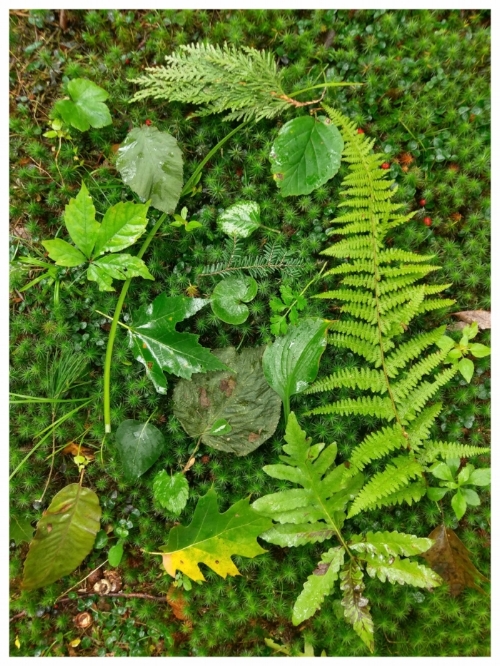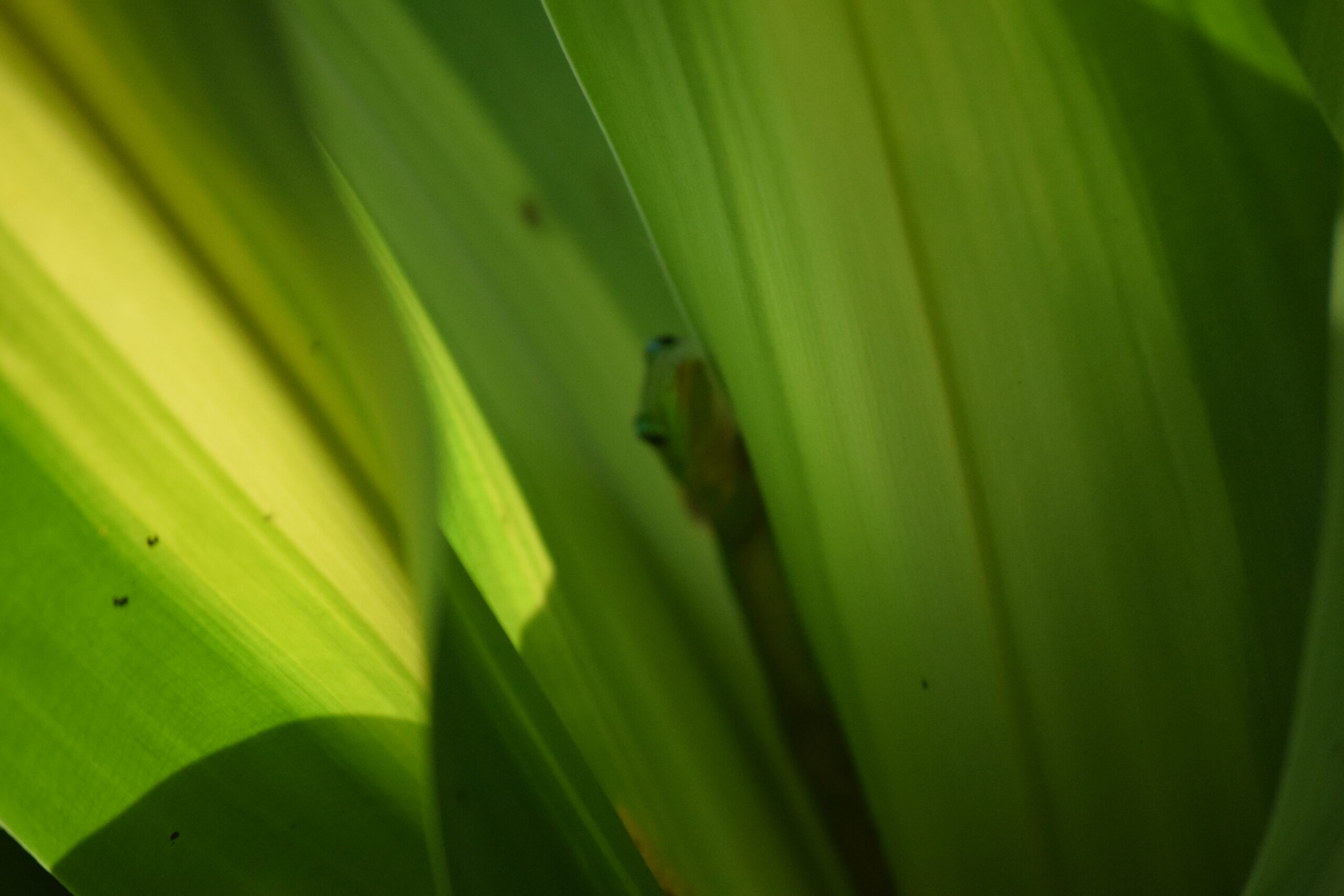Leaves of Grass and Every Other Plant
Every spear of grass--the frames, limbs, organs, of men and women, and all that concerns them, All these to me are unspeakably perfect miracles. – Walt Whitman, “Leaves of Grass”
I must have been infused by the spirit of Walt Whitman this summer. I’ve recently become fascinated by leaves. Although his collection of poems, Leaves of Grass is not about leaves at all, but about the joys and musings of being human, his “Poem of Perfect Miracles” resonates with me. Now we say goodbye to deciduous leaves here in the Northeast. Of course, we will continue to see evergreen leaves throughout winter. The noticeable differences between evergreen and deciduous leaves only scratch the surface of the marvelous diversity leaves display in nature. There are hairy leaves, huge leaves, tiny leaves, juicy leaves, leaves under water, leaves underground, leaves that are spines, leaves that make tree trunks, even flattened stems that look like and act like leaves. What’s more, most all share a common function – photosynthesis. So why in the world are there so many different leaves? Environment has a lot to do with it. This year I was fortunate to visit both Costa Rica and Hawaii. Banana “trees” grow in both places. I learned that the “trunk” of the banana plant is not woody at all. It is actually made up of a very dense collection of leaves compacted into a pseudostem or false stem making the banana plant the largest herbaceous flowering plant in the world – not a tree at all. Water, whether too much or too little, is a primary driving force for many differences in plant leaves. A pointed tip is common to leaves in the tropics. Called a drip edge, it ushers excess water off after plentiful and frequent rains. Many plant leaves in dryer areas have hairs, some to the point of being fuzzy. Some leaf hairs serve to dissuade munching insects. Other leaf hairs trap small quantities of water, reducing the humidity differential between the inside of the leaf and the outside environment. In Joshua Tree National Park where the Colorado Desert (a portion of the Sonoran Desert) meets the Mojave Desert, Teddy Bear Cactus, Hedgehog Cactus and other cacti abound. They are replete with spines, which are – you guessed it – extremely modified leaves. Spines arise from growth areas called areoles, a unique characteristic of the cactus family. Cacti don’t have leaves at all but carry out the job of photosynthesis through their massive succulent stems. Native only to the Mojave Desert is the weird and wonderful Joshua Tree. It is not a tree at all but rather the largest member of the Yucca genus. It does indeed have leaves: needle sharp, 5- to 9-inch long, stiff, fibrous icepick-shaped leaves. This “tree” is armed! Up on the top of the dry side of Haleakala on the island of Maui grows a beautiful silvery plant, native to Hawaii and endemic to Haleakala, called Silversword. Aptly named, I wonder why its leaves are not chloroplast-rich green. The roseate formation of leaves on this plant are perfectly adapted to its alpine desert environment. The leaves are spiky to keep most grazing herbivores at bay; fortified with a thick cuticle to prevent water loss; furry to catch drifting moisture from passing clouds; pointed upward to direct condensing moisture down to the base of the plant; and silver to reflect the intense heat-generating sunlight. Ingenious. Haleakala is one of the first National Parks to be enclosed by a fence in order to protect Silversword and other amazing plants from being nibbled by wild goats, rooted up by wild hogs, and trampled by cattle. On the island of Kauai I was introduced to the Koa tree. Humanity is the troublemaker here who, in seeking its exquisitely beautiful and useful wood and creating pastureland for cattle, has depleted the number of large Koa trees drastically. There are still youngsters around, but the huge mature specimens prized for dugout canoes are extremely rare. What I thought were sickle-shaped leaves are actually flattened branches, green with chloroplasts. Hundreds litter the floor below each tree. I found only one on such a tree sprouting petioles of tiny, oppositely arranged leaves. Apparently, the majority of the food-making is done by these tough, compressed leaf-like branches. I’ve also had occasion to take a few canoe trips back home on familiar territory. Here are leaves dealing with a problem opposite that facing desert plants – too much water. Since they are surrounded by water, submerged plants have no need for waxy cuticles that prevent desiccation, nor stomata through which gases are exchanged. Nutrients and gases diffuse directly into plant tissues from the surrounding waters. Terrestrial leaves sport stomata mainly on their lower surface in order to reduce loss of water vapor. In contrast, floating leaves, like white water lily and duckweed, have stomata primarily on the top surface where it is exposed to the air. Aquatic plant leaves also house large air spaces allowing the leaf to float on top of the water or hover near the surface where sunlight is readily available. No matter where they are found, plants develop leaves to meet the rigors of their particular environment. I invite you to contemplate these “unspeakably perfect miracles” on your frequent hikes outdoors.



